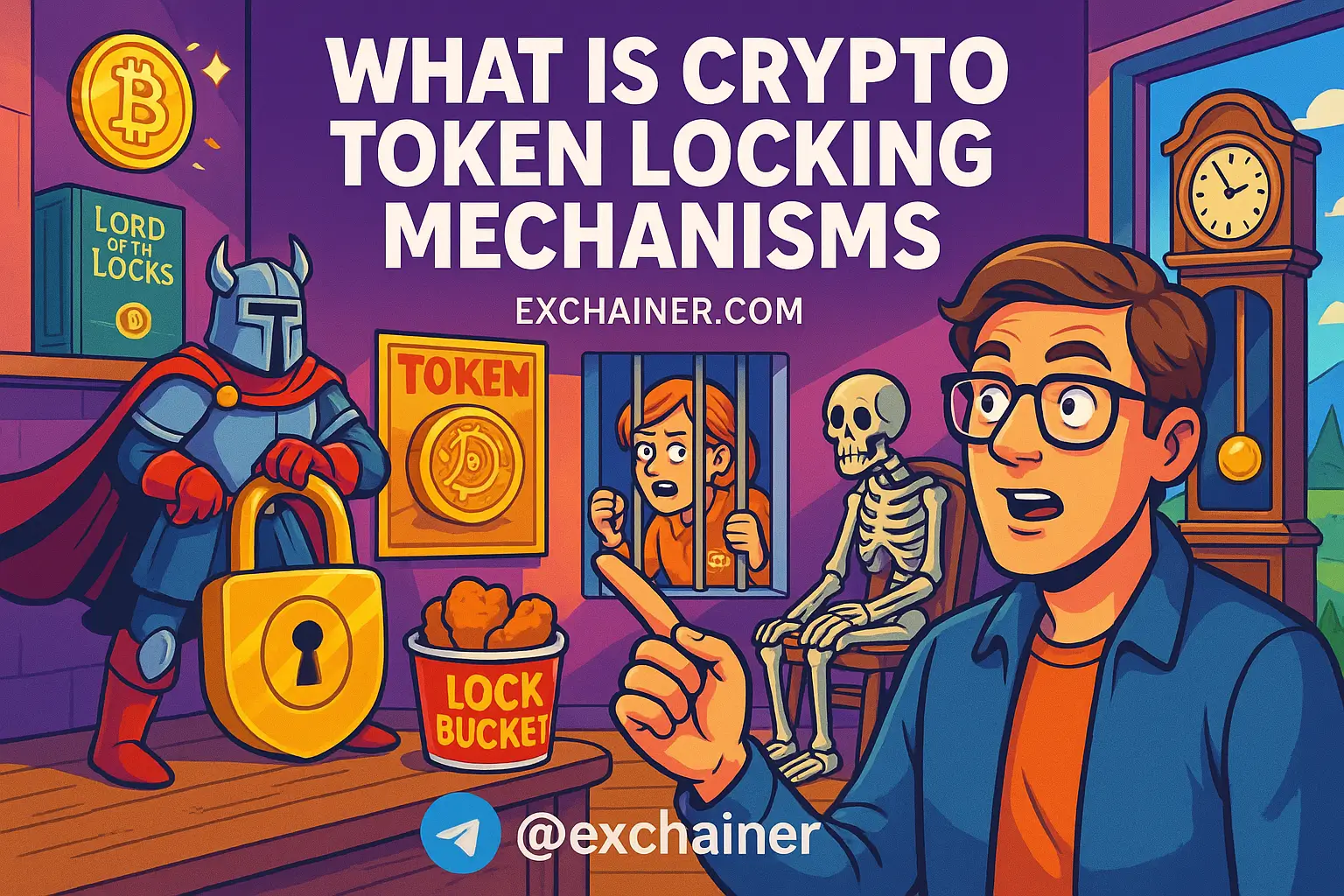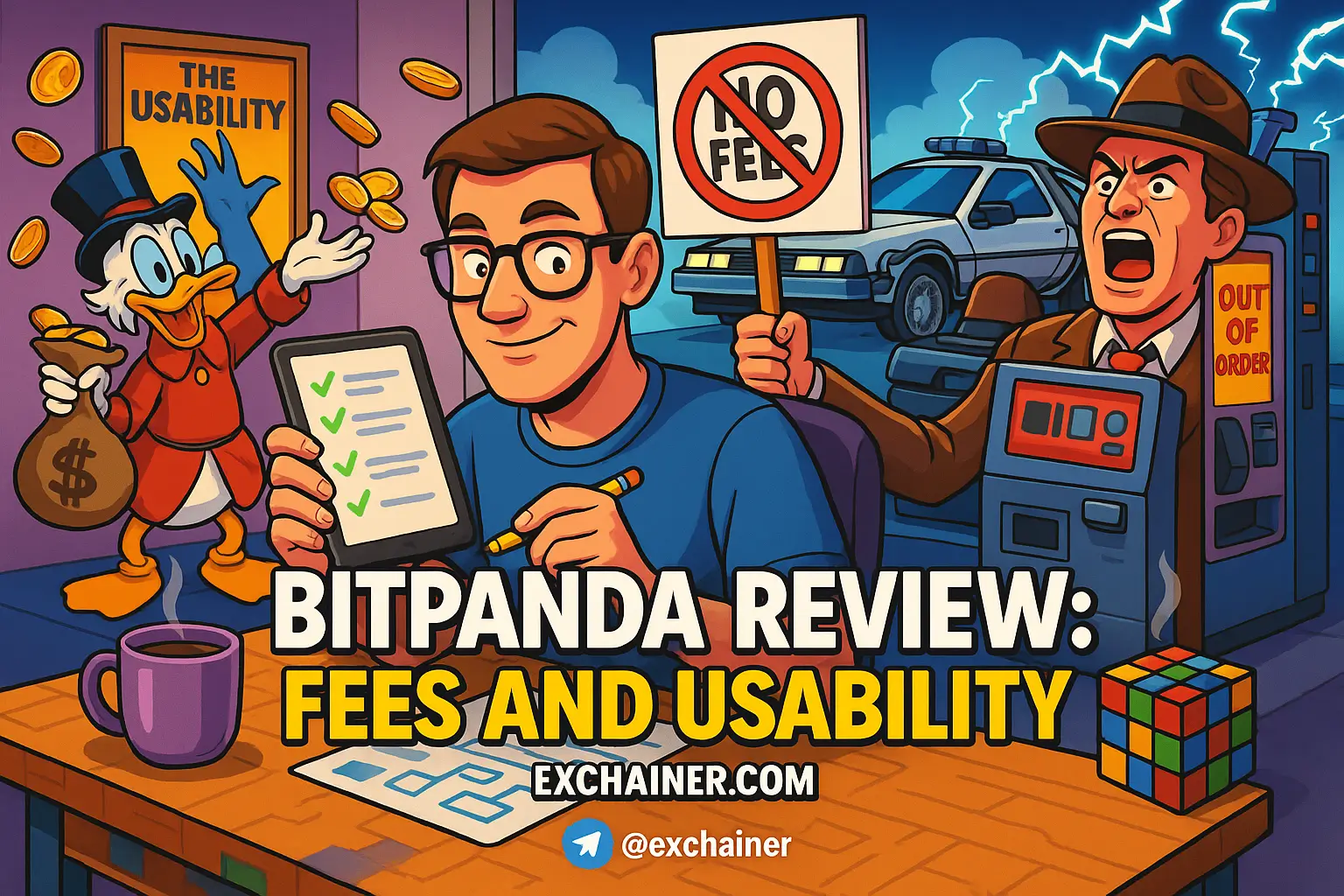In the world of cryptocurrency, security is paramount. Whether you're new to the game or an experienced trader, understanding how to store your digital assets securely is crucial. One method that has become popular for its affordability and effectiveness is the paper wallet. If you're wondering, "What is a paper wallet?" or "How do I set one up?" you've come to the right place! This guide will walk you through everything you need to know about paper wallets, including why they are essential and how to create one safely. By the end of our journey, you'll feel empowered to take charge of your crypto security.
The increasing incidents of cyberattacks on digital assets remind us of the necessity to adopt the safest storage methods. Paper wallets provide an offline solution that protects your investments from hackers. So, let’s dive in!
What is a Paper Wallet?
A paper wallet is a straightforward way to store your cryptocurrency. Simply put, it's a physical document containing your public address and private key, usually printed from a secure key generator program. The beauty of paper wallets lies in their simplicity and effectiveness. Since they are offline, the risks associated with online hacks are significantly reduced.
In essence, a paper wallet serves as a safe haven for your cryptographic assets. This method is particularly popular for long-term storage of cryptocurrencies like Bitcoin and Ethereum because it keeps your investment out of reach from online threats. When correctly used, paper wallets can ensure that your funds remain secure and accessible only by you.
How Does a Paper Wallet Work?
Understanding how a paper wallet functions is vital for managing and protecting your assets. Let’s break it down into four primary steps:
1. Key Generation
The first step in creating your paper wallet involves the generation of a new pair of cryptocurrency keys using an offline key generator tool. This ensures the private key, which is necessary for accessing your funds, stays secure right from the moment of its creation.
2. Printing the Wallet
Once you’ve generated your keys, the next step is to print them on a piece of paper. The printed wallet generally includes:
– **Public Address**: Allows others to send you cryptocurrency.
– **Private Key**: Gives you control over your funds.
– **QR Codes**: For ease of transactions.
3. Transaction Process
Sending funds to your paper wallet is as easy as directing them to the public address. Conversely, when you want to use your funds, you’ll need to utilize the private key to sign the transaction and send it back to the network.
4. Securing Your Funds
It is crucial to handle your private key securely since any individual who has access to it can control your cryptocurrency. If you suspect that your private key has been compromised, it’s important to move your assets immediately to a new wallet.
Setting Up a Paper Wallet: Step-by-Step Guide
Creating a paper wallet might sound intimidating, but it’s actually quite simple. Below are step-by-step instructions to guide you through the process.
Step 1: Choose a Key Generator
Begin by selecting a reputable and secure key generator tool. Some of the more popular ones include BitAddress or WalletGenerator.net. Ensure that the tool you choose is entirely offline to maintain the highest security level possible.
Step 2: Generate a Private Key
Once you’ve chosen your key generator, follow the tool’s prompts to create a random, unique private key. This key will be the foundation of your paper wallet.
Step 3: Generate a Public Address
Alongside the private key, a public address is automatically generated. This address is the one to share with friends and family if you want them to send you cryptocurrencies.
Step 4: Print the Wallet
– **Offline Printing**: Always print your wallet while disconnected from the internet. Additionally, ensure your printer is wired to avoid any wireless intercept.
– **Include QR Codes**: Printing the wallet with both the public address and private key in QR code form makes transactions easier to handle.
– **Encryption (Optional)**: For an additional security layer, consider encrypting your wallet with a BIP38 password. This gives you an extra level of protection against unauthorized access.
Step 5: Secure the Paper Wallet
The last step is to safeguard your paper wallet. Here are some tips:
– **Store Safely**: Use a fireproof or waterproof safe to protect the wallet from environmental threats.
– **Lamination**: Consider laminating your paper wallet to prevent wear and tear.
– **Access Control**: Ensure that only you know how to access it.
Best Practices for Paper Wallet Security
Now that you've set up your paper wallet, let's go over some best practices to ensure your cryptocurrency remains safe:
-
Always Generate Offline: To avoid digital hacking risks, generate and print your paper wallet offline.
-
Secure Storage: Use a fireproof safe or a secure lockbox such as a safety deposit box to store your wallet.
-
Avoid Digital Copies: Never save your wallet as a digital file or screenshot. This is a common mistake that exposes your private key to hacking.
-
Handle with Care: Protect your private key and avoid exposing it when making transactions, such as at ATMs [6][8].
-
Regular Checks: Periodically review your balance to keep track of your funds.
-
Consider Hardware Wallets: For long-term storage, think about using a hardware wallet such as Ledger or Trezor for an even higher level of security [6].
Conclusion
Paper wallets offer a reliable and budget-friendly method for storing cryptocurrencies offline, making them an excellent option for those who choose to keep their assets safe from digital threats. Following the steps and best practices outlined in this guide will help you ensure your cryptocurrencies remain secure. Remember, although paper wallets are resistant to online risks, they can be lost or destroyed in physical environments. Thus, it is critical to store them safely and cautiously.
As you explore the world of digital currency, consider the diverse tools and wallets available to safeguard your investments. If you're interested in expanding your knowledge further, don't hesitate to delve into other categories on Exchainer.com such as Crypto 101 for beginner guides, Exchange Reviews for insights into trading platforms, News for the latest market trends, and Tools and Wallets for more security alternatives.
Start your crypto journey today! Remember, knowledge is power in the world of cryptocurrency. Stay informed and protect your investments wisely.












